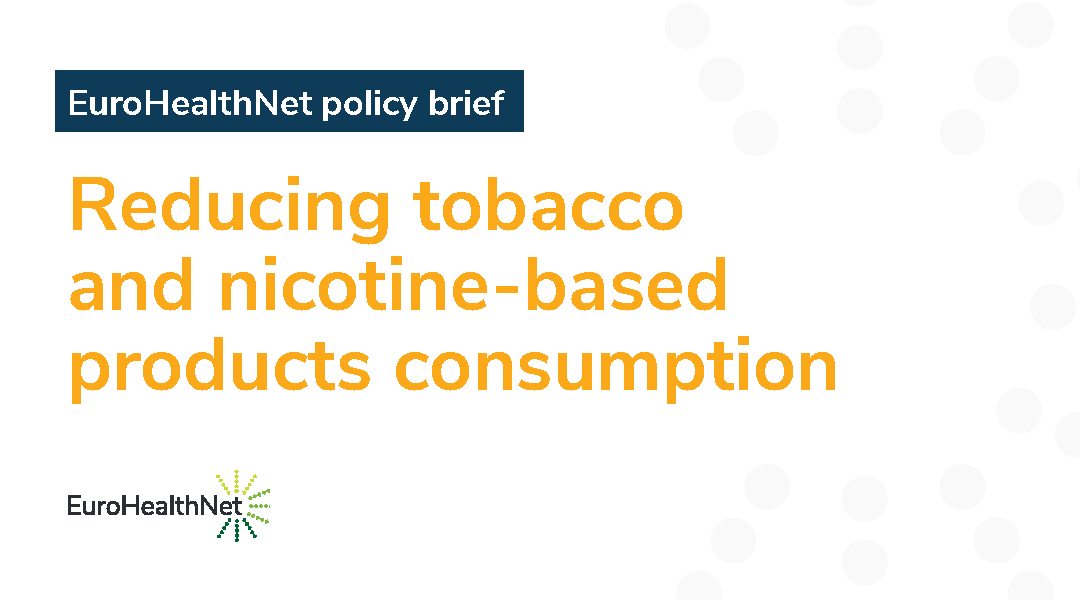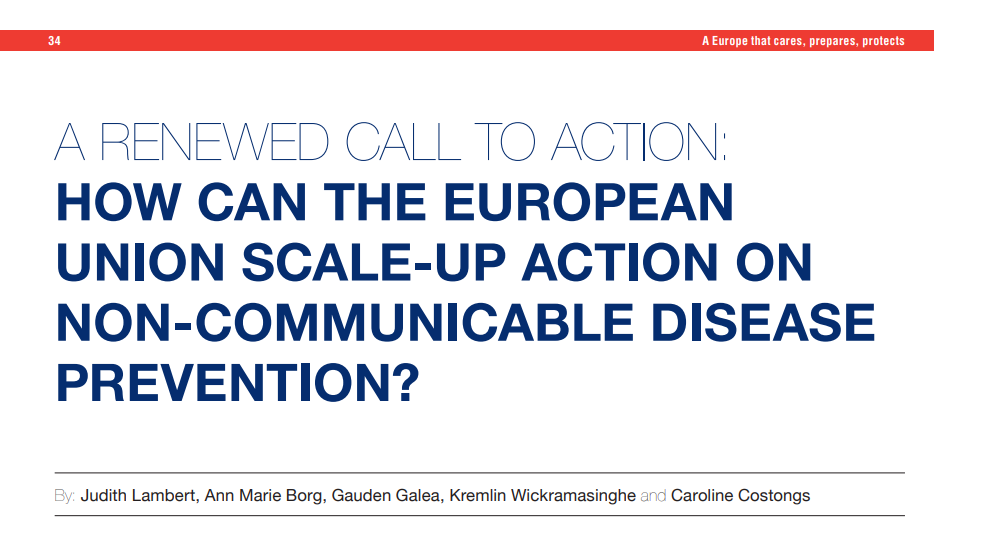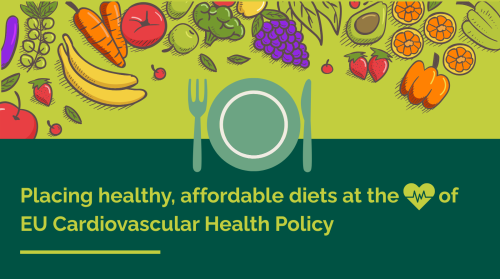EuroHealthNet’s vision for improving cardiovascular health for all
Contribution to the European Commission's Cardiovascular Health Plan
Cardiovascular diseases (CVDs), such as ischaemic heart disease and stroke, remain the leading cause of death in the European Union, responsible for one in every three deaths. Today, over 62 million people in the EU-27 live with CVD. However, this burden is not evenly shared. For example, people with a lower socioeconomic status are 68% more likely to develop cardiovascular disease.
Beyond the individual toll, CVD places a growing and unsustainable burden on families, communities, health and social systems, as well as economies. In 2021 alone, CVD cost the EU €282 billion, equivalent to 20% of all healthcare expenditure. With CVD rates projected to rise, this economic burden is expected to grow significantly.
When harmful products are widely marketed and easily accessible, when healthy food is inaccessible, when neighbourhoods are unfit for walking or cycling, when clean air is a privilege rather than a guarantee, and when working conditions create constant psychosocial strain, the space for healthy choices shrinks fundamentally.
Our vision
EuroHealthNet welcomes the European Commission’s ambition to reduce cardiovascular diseases. Our vision is to have a comprehensive European cardiovascular health plan that addresses the root causes of cardiovascular diseases, with health equity and prevention at the centre of all actions.
With this vision, we aim to contribute to the European Commission's Cardiovascular Health Plan.
We make three key policy recommendations:
- Integrating cardiovascular health in all policy sectors with clear targets, from the European Semester to taxation, education, employment and social inclusion, climate, agriculture, transport, and other relevant areas. Upcoming strategic EU dossiers, such as the new European Pillar of Social Rights Action Plan, the EU Anti-Poverty Strategy, and the Intergenerational Fairness Strategy, must contribute to reducing the burden of cardiovascular diseases.
- Creating a supportive and enabling environment for cardiovascular health with a special focus on gender, older people, and vulnerable groups is essential to achieving health equity. Such environments drive healthier outcomes by reducing tobacco and alcohol consumption, promoting healthy diets and physical activity, cutting environmental pollution, supporting climate change adaptation, as well as lowering chronic stress and improving wellbeing and mental health at work.
- Strengthening equity-based and innovative approaches, such as social prescribing, across the life course, starting already from childhood.














